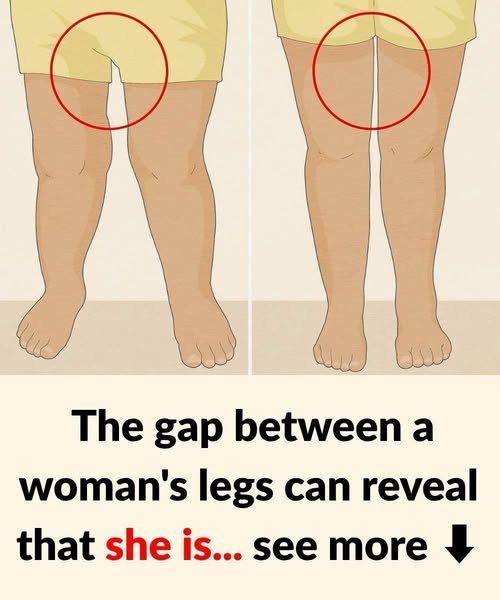In a world that never stops selling us ideals, few beauty fads have had such a stubborn grip as the infamous “thigh gap.” It’s that small space between the thighs when standing with feet together — a detail that, for years, has been mistakenly held up as a symbol of health, attractiveness, and even self-worth.
But here’s the truth: the thigh gap has little to do with fitness, willpower, or lifestyle choices. For most women, it’s simply not achievable — no matter how much they diet or exercise. And yet, the pressure to attain it still lingers in the corners of our culture, whispering to young girls, teens, and even older women that their bodies are not “good enough.” This outdated ideal isn’t just misleading — it’s dangerous.
Let’s talk about where it comes from, why it refuses to disappear, and most importantly, what we can do to stop letting it shape how we see ourselves. Because when it comes to inspirational stories and motivational stories about body image, this one needs to be told loud and clear.
Chasing the Gap: How Social Media Fueled a Misguided Dream
Trends come and go, but some refuse to fade quietly. The thigh gap rose to fame in the early 2010s, thanks in part to a surge in social media images and magazine covers featuring impossibly thin models. From Instagram to TikTok, hashtags like #ThighGap exploded, turning this natural anatomical feature into a global obsession.
But unlike other fitness goals — say, building strength or improving flexibility — the thigh gap is not something you can earn through effort. And that’s what makes it so harmful. It promises an outcome that biology alone determines, and it implies that failing to achieve it is a personal failure.
That couldn’t be further from the truth.

Anatomy, Not Effort: What Really Determines a Thigh Gap
Here’s what most people don’t know — and what far too few influencers will ever say: having a thigh gap is not a sign of good health. It’s not a result of perfect posture, hours at the gym, or avoiding carbs. It’s simply the outcome of your bone structure.
Dr. Ross Perry, a British aesthetic expert, confirms what most fitness professionals know but rarely highlight: the distance between your thighs is shaped by your pelvic width, femur alignment, and muscle distribution. These are things you are born with, not things you can change.
In fact, many extremely thin women will never have a visible thigh gap. Meanwhile, others may have one naturally, regardless of their weight or activity level. Your bones — not your willpower — make that call.
It’s time we stop blaming ourselves for something that’s written in our skeleton.
The Hidden Harm: What This Trend Does to Women and Girls
The damage caused by the thigh gap myth is not just physical — it’s deeply emotional. Studies show that women who chase unattainable beauty ideals often suffer from anxiety, disordered eating, low self-esteem, and depression. And this issue begins early.
Teen girls, in particular, are vulnerable. Scrolling through airbrushed photos of influencers and celebrities with “perfect” legs, many begin to believe that their bodies are flawed. They try dangerous diets. They over-exercise. They compare and criticize themselves in the mirror.
And for what? For a hollow promise of validation?
The thigh gap isn’t just unrealistic — it’s irrelevant. It doesn’t make a person more worthy. It doesn’t make you healthier, more lovable, or more successful. And it certainly doesn’t define your beauty.
Why Every Body Is Unique
The reality is this: there is no one right way to look.
Bodies come in every shape, size, and structure — and that variety is something to celebrate. Your legs might be long or short, your hips wide or narrow, your thighs touching or not. None of those details determine your health or your value.
In fact, some of the most powerful motivational stories today come from women who have stopped trying to change themselves and started embracing what makes them unique. They’ve turned their backs on toxic beauty trends and chosen to redefine their self-worth on their own terms.

